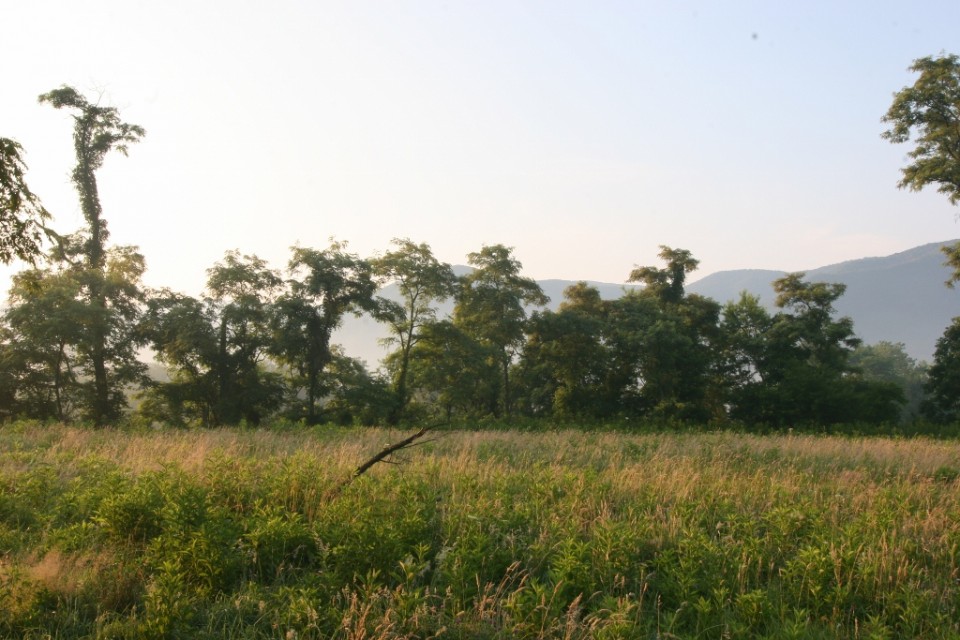The Park Service is in charge of maintaining and improving the environmental conditions of the Great Smoky Mountains National Park (GSMNP). The Smokies are some of the oldest mountains in the world and though they are not the tallest, the elevation change the diversity of the vegetation that covers the landscape presents a daunting task that the Rangers in the GSMNP gladly accept.
 Over the years, the GSMNP and the Department of the Interior have established a set of environmental guidelines to keep the park viable and growing for future generations. These guidelines include – but are not limited to – monitoring air quality in the park, reintroducing species that have been pushed out of the area by human encroachment and of course trying to get rid of those non-native species that are harming native species inside the boundaries of the GSMNP.
Over the years, the GSMNP and the Department of the Interior have established a set of environmental guidelines to keep the park viable and growing for future generations. These guidelines include – but are not limited to – monitoring air quality in the park, reintroducing species that have been pushed out of the area by human encroachment and of course trying to get rid of those non-native species that are harming native species inside the boundaries of the GSMNP.
Reintroduction Program – Over the years, the park service has tried to re-establish species of animals that have been forced out of the National Park. Some of these reintroduction processes have been more successful than others. Recently (2001) they have brought elk back to this area. This massive mammal is now the largest mammal in the GSMNP and the herds are growing each year. Bringing these animals and others that have been forced out of the park are allowing visitors to see the land as it may have once appeared with animals that were here long before the arrival of European settlers.
Non-Native Species – While the Park rangers and scientist are trying to bring back species that have been lost to the area they are also trying to get rid of the some of the nuisance species that are not native to the Smokies. These species range from insects to fish to mammals and plants. At the beginning of the 20th century, two species of trout (rainbow and brown) were brought into the Smokies to act as game fish. While these fish brought more visitors to the area, they did effect the habitat of the Brook Trout – the only native trout. The wild boars that roam the park are another non-native species that has a negative impact on the GSMNP. The park service tries is attempting to manage these non-native species while keeping their impact on the native plants and animals as minimal as possible.
